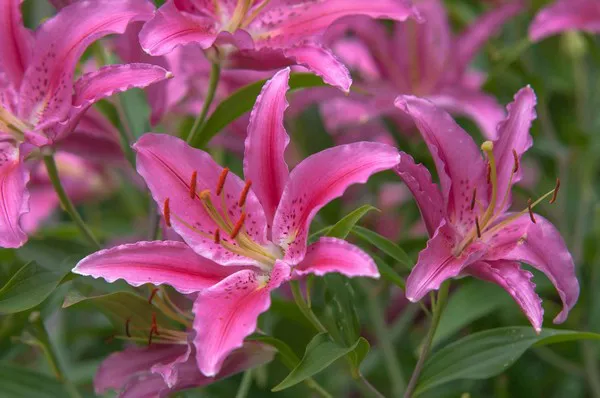Hibiscus flowers that embarked on a journey into space aboard China’s Shenzhou-14 and Shenzhou-15 manned spacecraft have made a captivating return to Earth, gracing the Chengdu Botanical Garden in southwest China’s Sichuan Province.
The Chengdu Botanical Garden has meticulously nurtured more than 9,000 Hibiscus seeds selected for space breeding, with the first and second batches already planted in the garden.
In a notable milestone, over 4,000 hibiscus seeds from four new varieties, accompanied by their cosmic voyage aboard the Shenzhou-14 and Shenzhou-15 missions, were brought back to Earth at the close of 2022. These seeds were intentionally exposed to cosmic radiation, aiming to facilitate the development of novel plant varieties.
After more than six months of diligent cultivation, the space-bred hibiscus flowers have exhibited signs of mutation, including variations in branch thickness and flower characteristics. This unique feature enables a swift comparison with seeds that never left Earth, allowing researchers to detect and study mutations promptly, as highlighted by Tang Shengwen, a landscape engineer at the Chengdu Botanical Garden.


